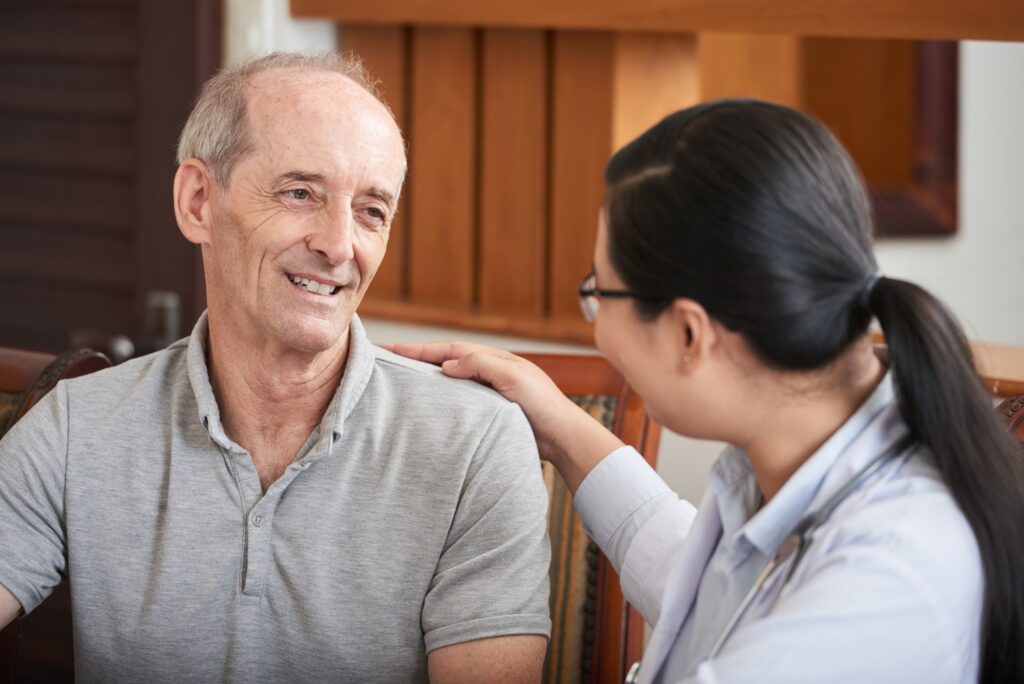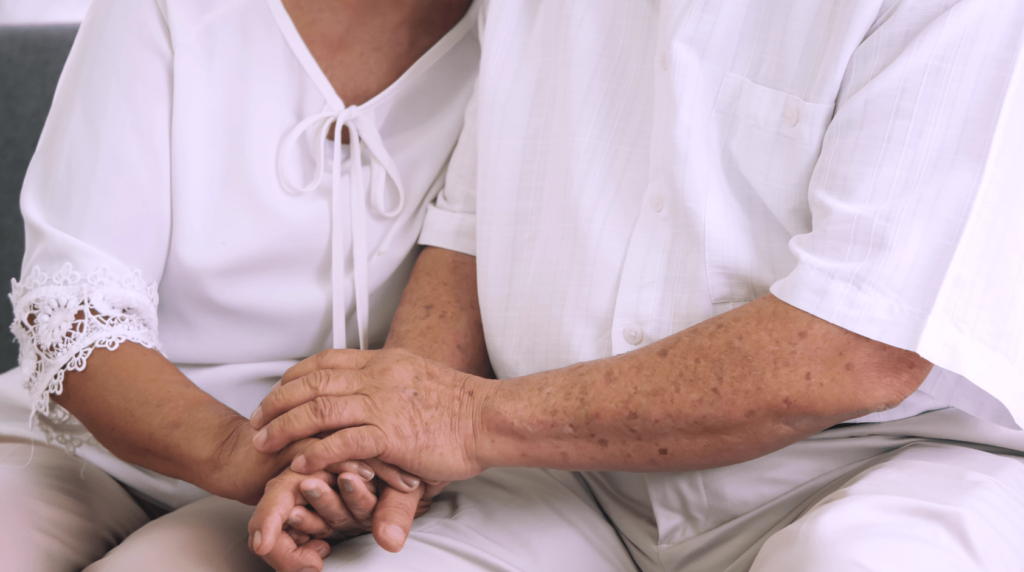UNDERSTANDING THE RISK OF FALLS
Understanding how trips and falls are more likely to occur is the first step to preventing them from happening.
Some groups of people are more at risk of falls particularly if there are hazards in their homes. Ovation Care offers vital home help to people who are at higher risk.
Groups of people who are more at risk of falls
Some medical conditions can increase the risk of falling:
Chronic health conditions such as heart disease, arthritis, low blood pressure, Parkinson’s disease, dementia or other cognitive impairments. These can cause lack of co-ordination, dizzy spells and weakness.
Loss of balance due to an infection or fear of falling.
Medicines that may have side effects such as dizziness, drowsiness or other loss of functioning. Side effects are more likely to occur if you are regularly taking a number of medicines each day.
Decline in muscle strength and joint flexibility can affect mobility. For example how easily you can stand up, walk, or get out of a chair.
Reduced reaction time. The nerves that carry information to and from the brain can deteriorate especially as we get older. This slows reaction time and the ability to move away from obstacles quickly enough. For example, avoiding a slippery patch on a floor.
Poor vision which may mean that that you are not aware of hazards in time.
Common hazards in the home that increase the risk of falls
These include:
General clutter and furniture that is placed across walking areas
Tripping hazards such as loose or frayed rugs, uneven floors, trailing wires or clothing that trails along the floor
Poor lighting
Wet or slippery floors
Items stored out of easy reach
Poorly fitting shoes
Lack of, or the wrong equipment or aids
The impact of falls
The consequences of falling can be devastating.
The impact of falling as we get older results in greater injuries and increased fear of further falls.
Older people are more likely to sustain a fracture if they fall, particularly to the wrist or hip. Hip fractures can be seriously debilitating and while recovery is taking place at home, help and support will almost certainly be needed. The likelihood of enduring a hip fracture, along with the negative side effects, increases roughly tenfold for every decade after age 50. Women are particularly vulnerable due to a higher occurrence of osteoporosis.
For people over the age of 75 years the impact is even greater. Falls are the most common cause of death in this age group.
Equally important are the significant psychological effects. A recent study by Portegijs (2012)* suggests that damaged confidence – not just physical injury – can sometimes be responsible for a reduction in mobility. Portegijs found that adults who were more confident about their balance performed better in balance and mobility tests.
After a fall, people can lose balance confidence. This means they have a fear of falling and may feel anxious or tense which increases the risk of further falls. Home help can provide the care and support people need during this time.
Balance Confidence Was Associated With Mobility and Balance Performance in Older People With Fall-Related Hip Fracture: A Cross-Sectional Study
Erja Portegijs, PhD, Johanna Edgren, MSc, Anu Salpakoski, MSc, Mauri Kallinen, MD, PhD, Taina Rantanen, PhD, Markku Alen, MD, PhD, Ilkka Kiviranta, MD, PhD. Published online 13 June 2012.




